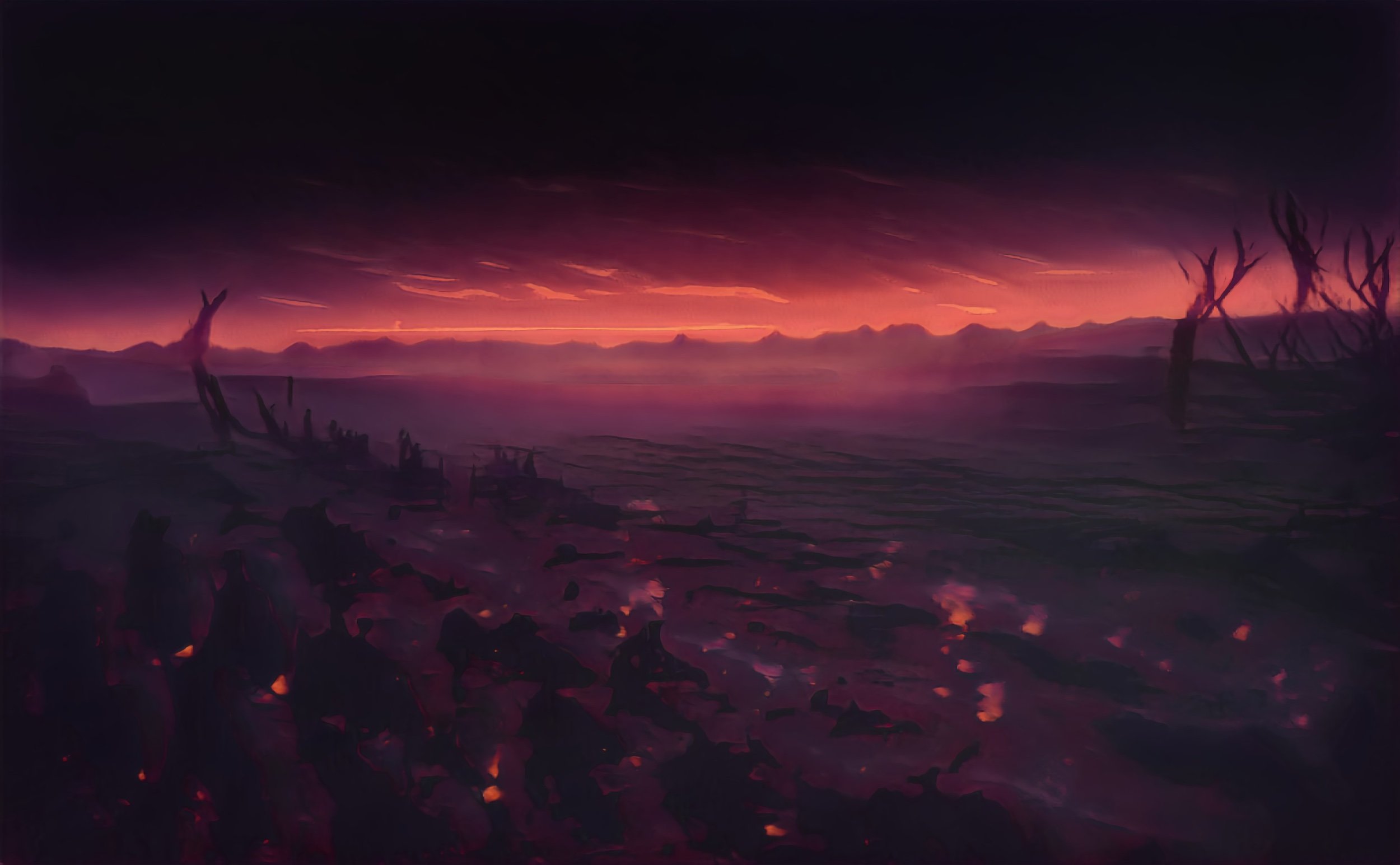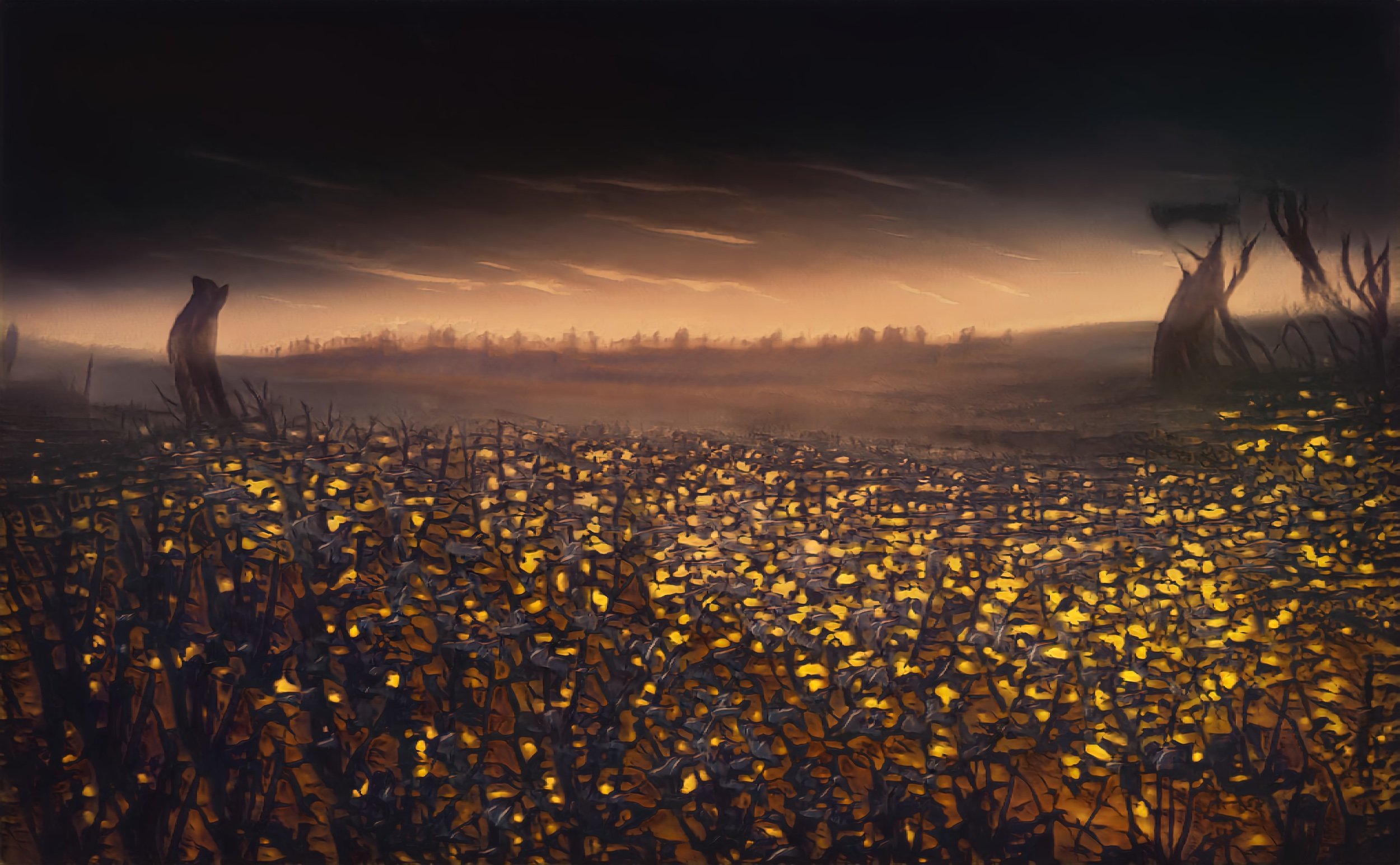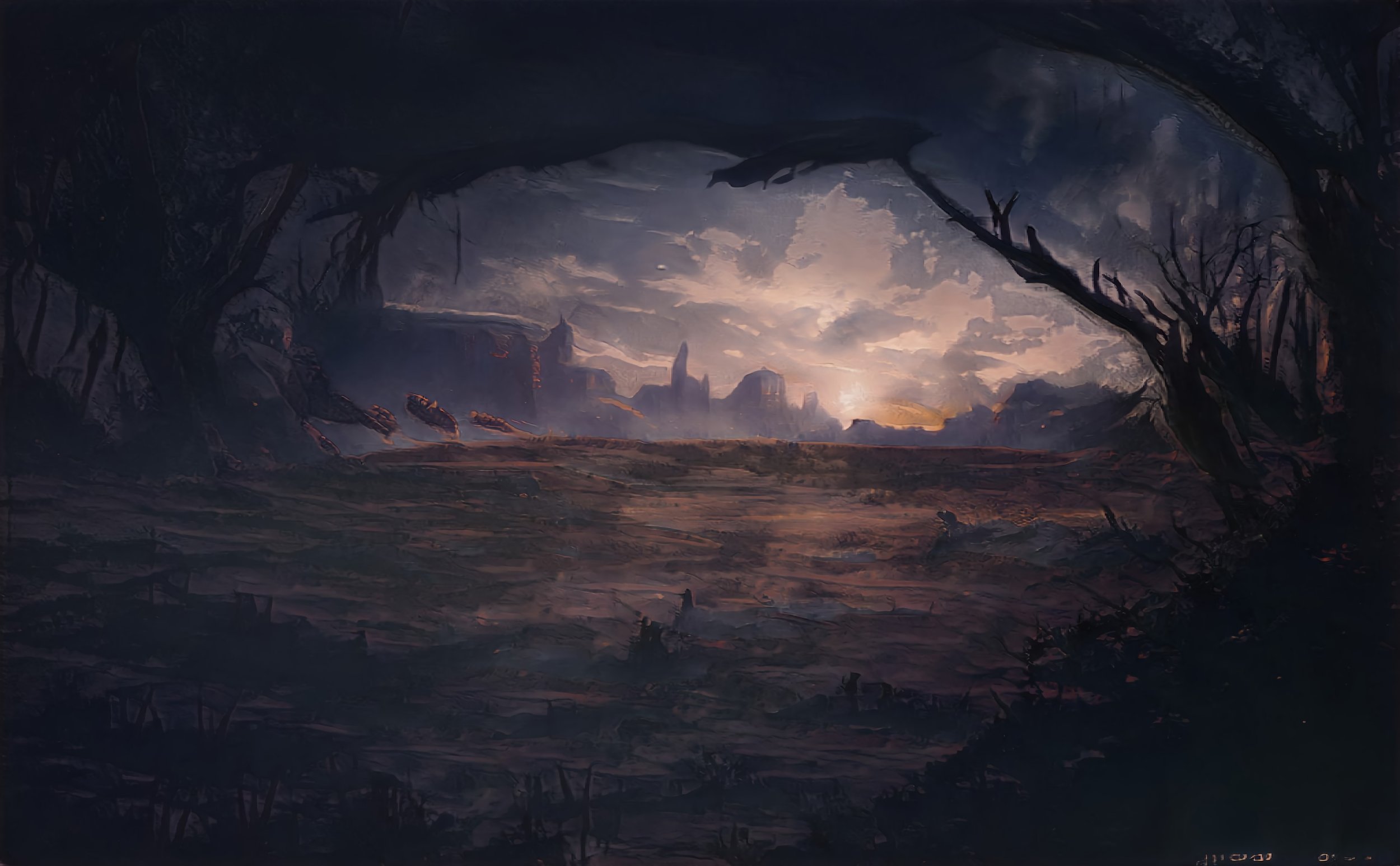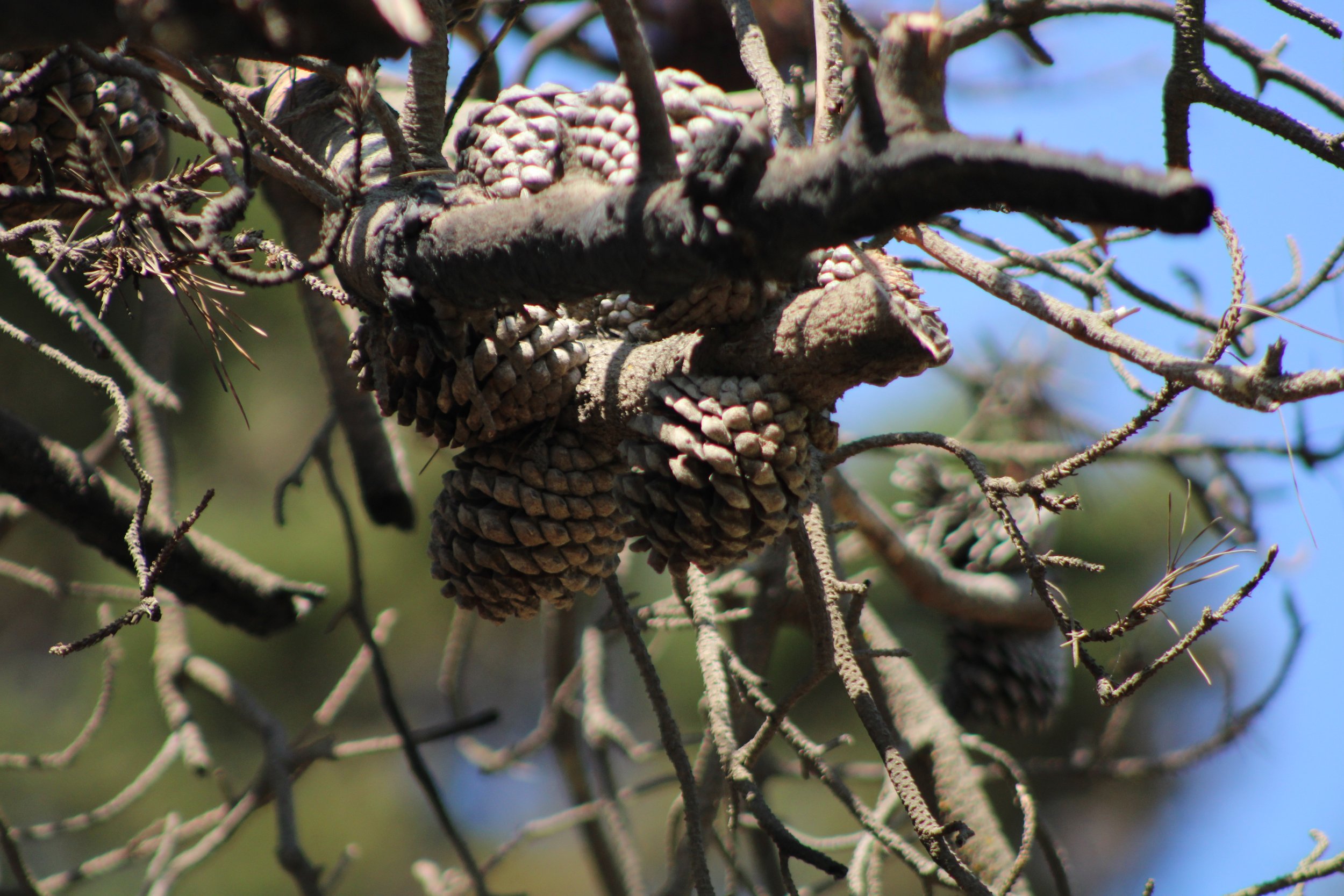
Rising From The Ashes
Recovering from the California Wildfires
Big Basin State Park in Santa Cruz County, California is widely known for it’s vibrant biodiversity, it’s massive redwood trees, and it’s epic 29 mile Skyline-to-the-Sea trail. In late 2020, a massive thunderstorm set fire to the Santa Cruz Mountains, ravaging Big Basin, and turned it from a lush wonderland, into a brutal hellscape. Almost a year from when the fires started, I ventured into the Waddell Valley area to see what little had survived the fires.
A lone tree sprawls up from the burnt marshland at Big Basin.
The CZU Northern Complex Lightning Fires were ignited by a series of thunderstorms passing through the Santa Cruz Mountains at 6:41am on August 16th, 2020. The storm produced over 11,000 bolts of lightning and eventually would burn 86,509 acres of land in the Santa Cruz Mountains. It was active for 37 days and spanned two counties. 81 personnel were dispatched in the CZU (Santa Cruz Unit) to fight the blaze. 1,490 structures were completely destroyed, with 140 additional structures destroyed [1]. A media tour in March indicated that the fire was not completely extinguished, with some redwoods smoldering and smoking for more than six months [2]. There is no official estimate about longterm ecological damage from the fires, but when I hiked through the marsh area, there were very few signs of life.
According to Cal Fire, 95% of California Wildfires are directly caused by humans. Only 5% are caused by lightning. Last year, PBS Reported [3] that another large fire caused by Pacific Gas & Electric transmission lines killed 85 people. Despite this recent development with human activity, wildfires are still a very important part of the ecosystem and can be vital to maintaining a healthy forest.
Pyrophyte Knobcone “Fire Cones” propagate after a wildfire occurs.
Fire helps cut down on underbrush, helps choked canopies get more sunlight, and even triggers some trees to propagate. These trees called Pyrophytes include Coast Redwoods, Giant Sequoias, and Knobcone Pines. They happen to be the trees that NorCal forests are world famous for. These trees thrive in this extreme environment. The breezy and dry climate primes the area to combust like a tinderbox. Without the widespread annual fire season in California, it is incredibly possible that the landscape would look entirely different, and that the legendary California Redwoods and Giant Sequoias, the tallest trees on the planet, would be replaced with other trees more typical of a temperate climate.
With all of this in mind, I packed a backpack full of camera equipment (completely forgetting to bring any drinking water with me) and drove up to Davenport, where I parked at Waddell beach, the end of the Skyline-to-the-Sea trail. Immediately the scars from the fire were apparent everywhere. As far as the eye could see there were burned redwoods, with swaths of brambles and stinging nettles surging from the ashy soil. Fresh baseball-sized pinecones lined the path, having fallen from the scraggly tunnel like growth of a Knobcone Pine tree that arched over the path.

A Knobcone Pine thriving amongst the devastation.
I stopped at two birdwatcher’s lookouts about a half-mile apart to try to find some wildlife to photograph, but there was nothing but more thorny, spiny, gnarly brush growing along the swamp that was a toxic, lifeless, neon blue. There were no squirrels, no birds, and few insects save for a few swarms of yellowjackets. The only flies I encountered were in the outhouses. As I continued up Skyline-to-the-Sea, I reached the gated off portion of the trail. Dead branches were still falling every few minutes, and the surrounding area was so dry that the smallest ember could set the landscape ablaze, and spread as fast as the wind could blow. There were still no visible signs of wildlife, and the only vegetation were the scarred redwoods and the brambles and nettles below.
I decided to get a broader perspective of where I was standing, and headed into the marshland of the Waddell Valley. The redwoods quickly disappeared beyond a dense canopy of Red Alder and Willow trees. The bottoms of the trees had burn scars that stopped about four feet up. Again, the areas between trees were full of brambles, prickers, and nettles, despite the surrounding greenery. Yellowjackets stung my legs repeatedly as I proceeded to the bridge across the stagnant, toxic creek.
This is where I encountered my first bird of the hike: a dead egret laying in the water. Although it had been dead for some time, the toxicity of the water had prevented bacteria from consuming it, and only a couple of flies dared land on it’s carcass. As I backed away to take a telephoto shot of the bridge, I stumbled into the home of a fairly angry Aphonopelma iodius also known as the Bay Area Blonde Tarantula. The tarantula’s defensive bites were fairly mild. However, it did ruin my photos of the swamp, and further cemented the idea in my mind that only the tough can survive a wildfire.
I continued across the valley until I reached a house and nature center on the opposite side. I set up my tripod on the observation deck and checked the entire landscape for miles around for any signs of wildlife. I checked every remaining tree in the marsh and the creek, and then checked every peak of the ridge on the opposite side of the valley. Nothing. No birdsongs, no humming of marshland insects, nothing.
Redwoods survive and stand tall amongst the ash.

Many places of paradise come with unparalleled risks. For the Caribbean, it’s hurricanes, for Hawaii, it’s volcanoes, and for California, it’s the fire season. Great beauty can come at a great cost, but the recovering Big Basin Redwoods has proved that anything can still rise from the ashes. The global ecosystem is a rollercoaster, and life is just along for the ride.
Beauty rises from the ashes like a phoenix.





